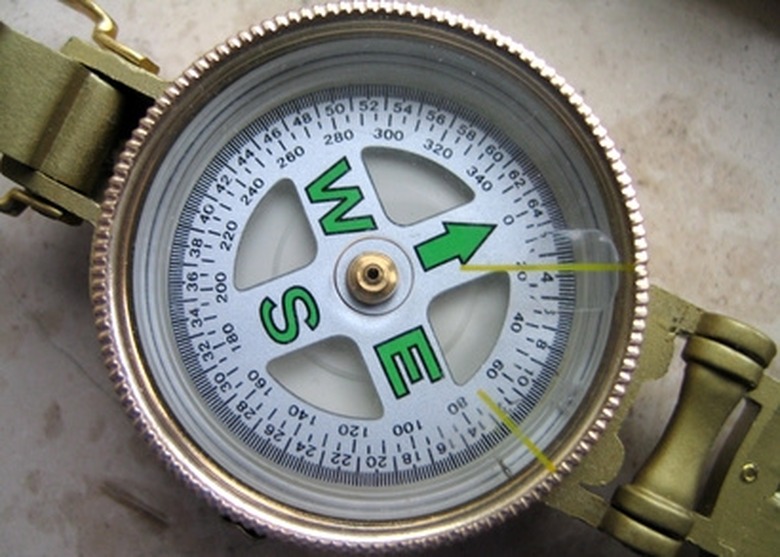Why Do Magnets Work Better When They Are Cold?
Increasing the efficiency of magnets, whether they are man-made superconducting magnets or pieces of iron, can be accomplished by altering the temperature of the material or device. Understanding the mechanics of electron flow and electromagnetic interaction allows scientists and engineers to create these powerful magnets. Without the ability to improve magnetic fields by lowering temperature, beneficial high-power magnets, such as the ones used in MRI machines, would be out of reach.
Current
Current
The parameter that describes a moving charge is called current. A magnetic field is generated when a current moves through a material. Increasing the current generates a more powerful magnetic field. For the majority of materials, the charged particle in motion is the electron. In the case of some magnets, such as permanent magnets, those movements are very small and occur within the atoms of the material. In electromagnets, the movement occurs when electrons travel through a wire coil.
Increasing Current
Increasing Current
Increasing either the charge of the particle or the speed at which it is moving increases the current. Not much can be done to increase or decrease the electron's charge–its value is constant. What can be done, however, is increasing the speed at which the electron travels, and that can be accomplished by lowering the resistance.
Resistance
Resistance
Resistance, just as the word implies, impedes the flow of current. Each material has its own resistance value. For example, copper is used for electrical wiring because it has a very low resistance, whereas a block of wood has a very high resistance and makes a poor conductor. The easiest way to change the resistance of a material is to change its temperature.
Temperature
Temperature
Resistance depends directly on temperature–the lower the temperature of the material, the lower the resistance. This effect increases the current and therefore the strength of the magnetic field. Lowering the temperature of conducting materials is the easiest and most effective way to make the powerful magnets used today.
Superconductors
Superconductors
Some materials have temperatures at which the resistance drops nearly to zero. This makes current nearly exactly proportional to voltage and creates very strong magnetic fields. These materials are known as superconductors. According to Physics for Scientist and Engineers, the known list of these materials numbers in the thousands. Based on this principle, the High Magnetic Field Laboratory at Radboud University in Nijmegen, the Netherlands, operates a magnet that is so powerful that normally nonmagnetic objects, such as a frog, can be levitated in a magnetic field.
References
- "University Physics, Tenth Edition"; Hugh D. Young and Roger A. Freedman; 2000
- "Physics For Scientists and Engineers, Third Edition"; Raymond A. Serway; 1990
- Radboud University: The Frog That Learned to Fly
Cite This Article
MLA
Rush, Ted . "Why Do Magnets Work Better When They Are Cold?" sciencing.com, https://www.sciencing.com/do-magnets-work-better-cold-6389568/. 24 April 2017.
APA
Rush, Ted . (2017, April 24). Why Do Magnets Work Better When They Are Cold?. sciencing.com. Retrieved from https://www.sciencing.com/do-magnets-work-better-cold-6389568/
Chicago
Rush, Ted . Why Do Magnets Work Better When They Are Cold? last modified March 24, 2022. https://www.sciencing.com/do-magnets-work-better-cold-6389568/
